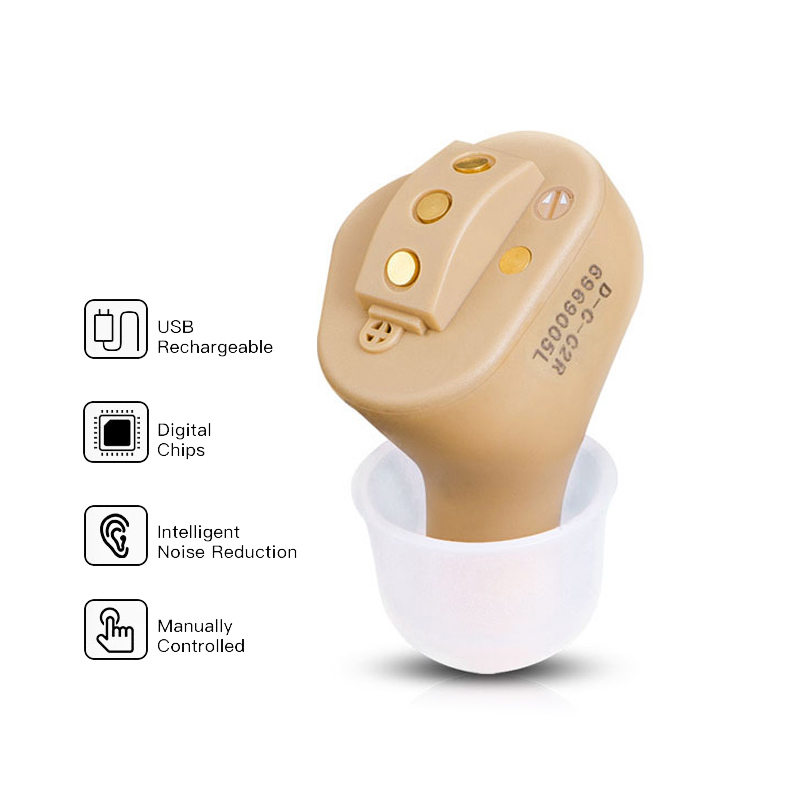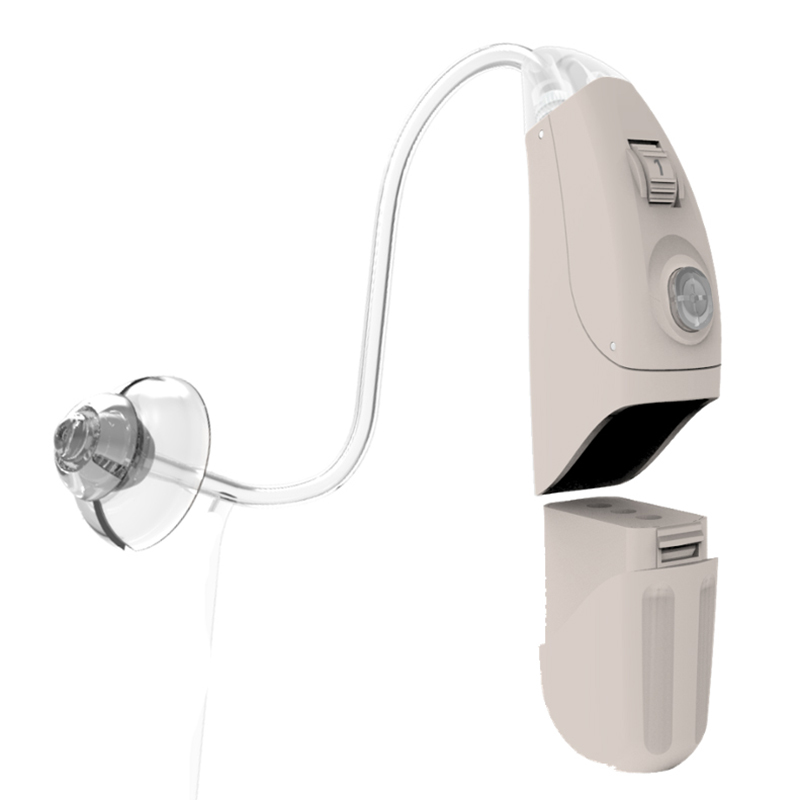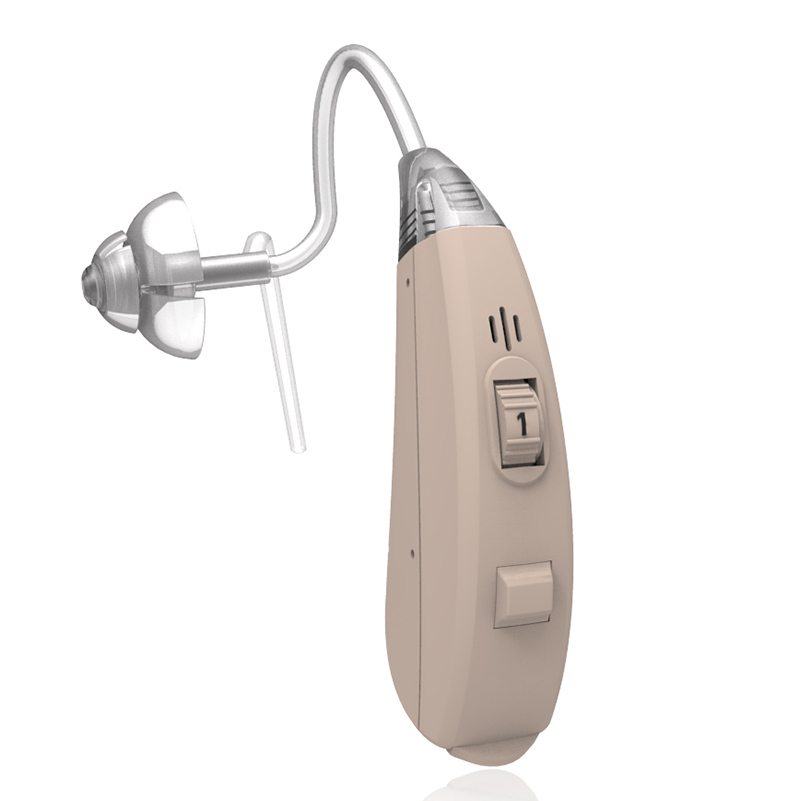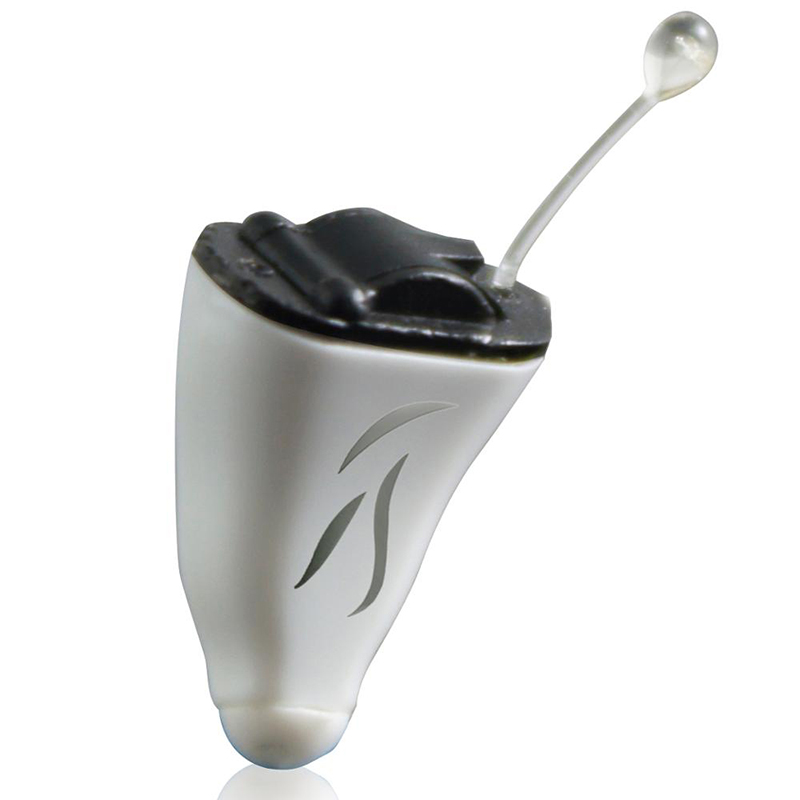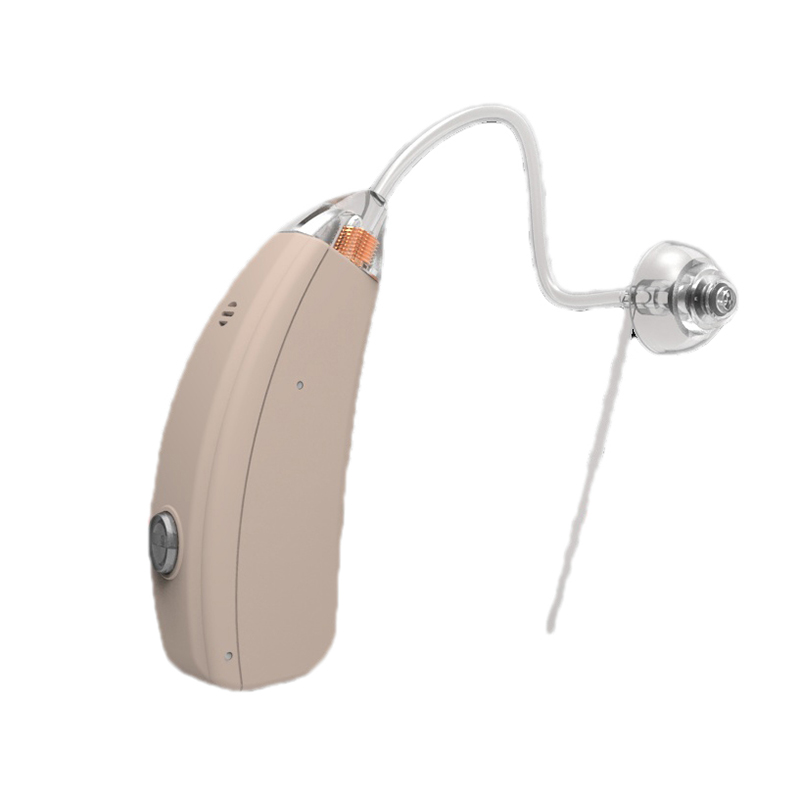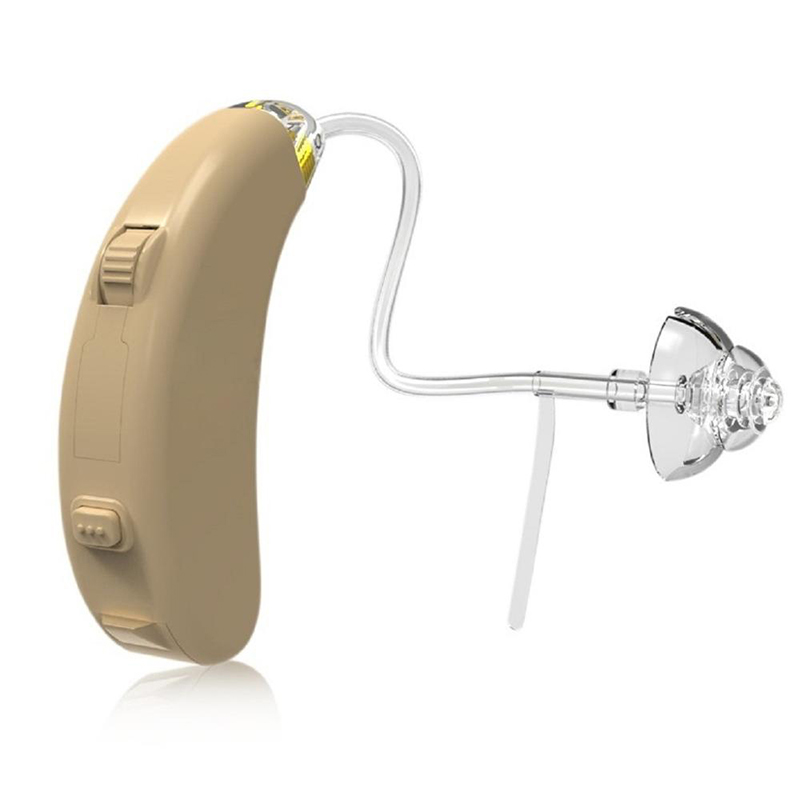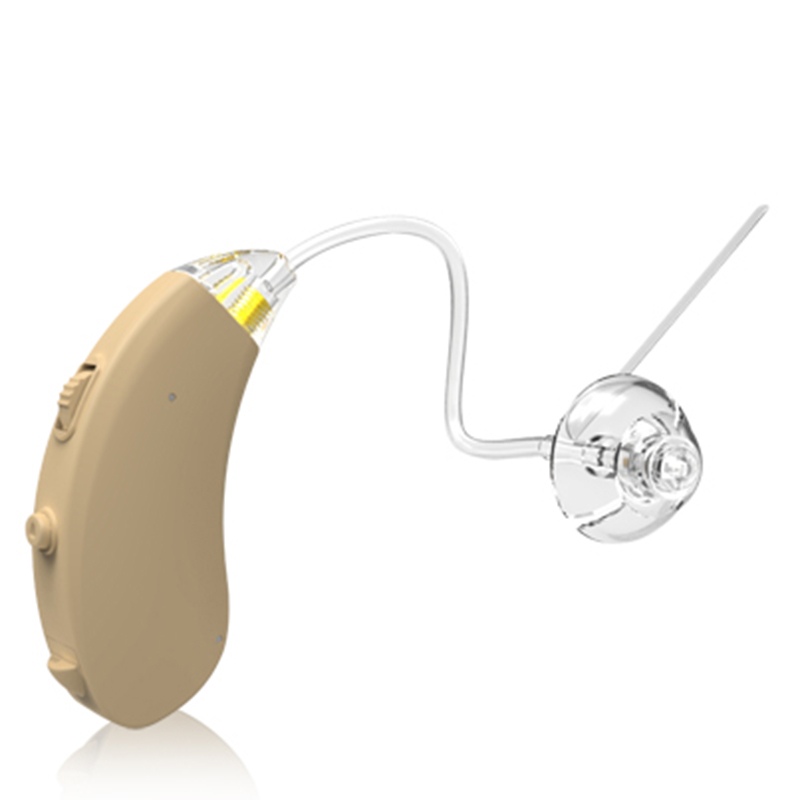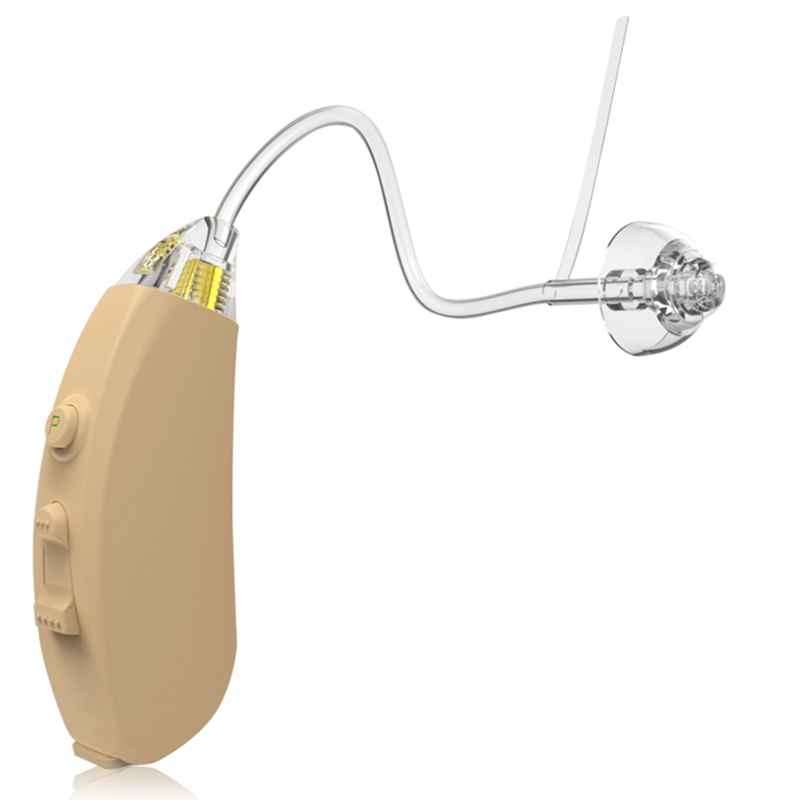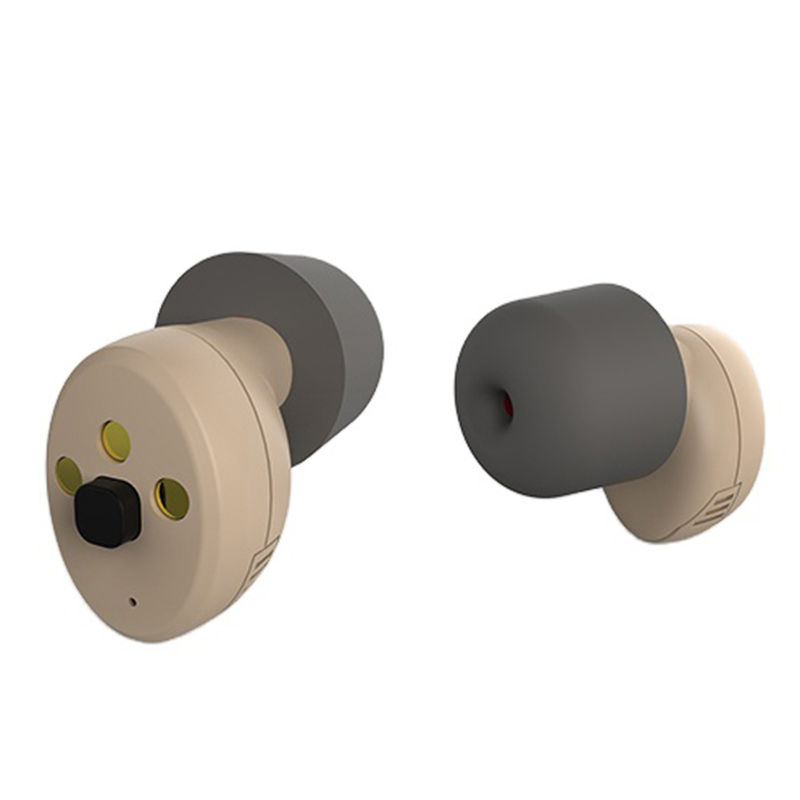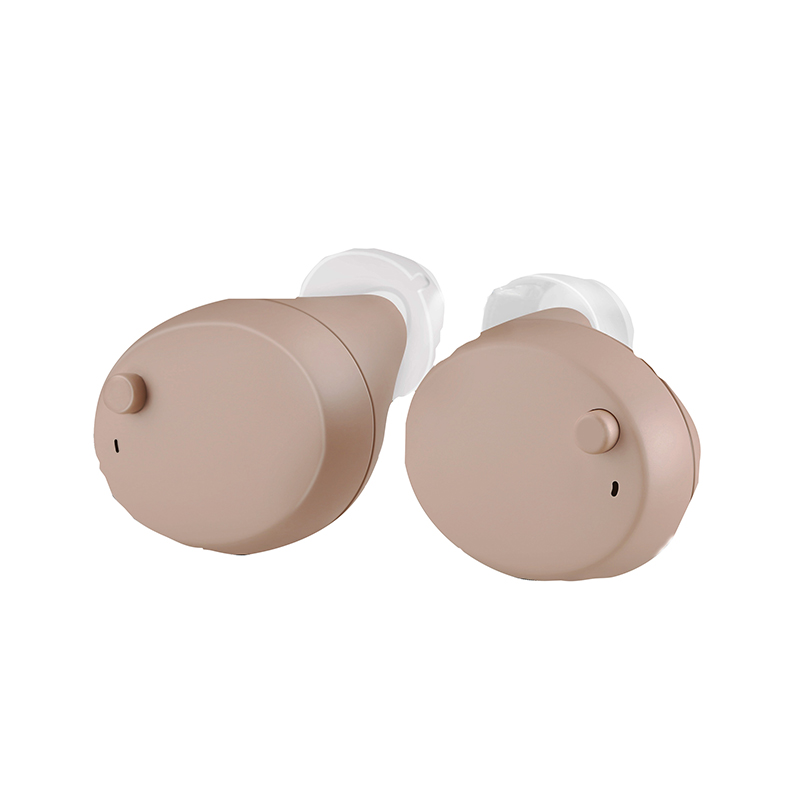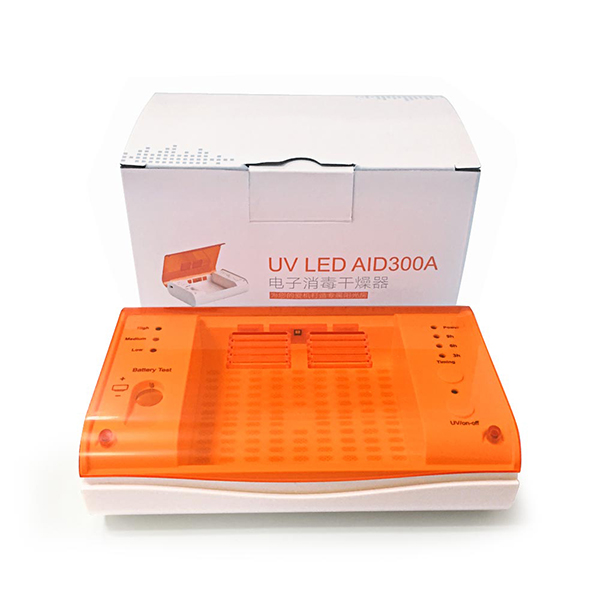All hearing aids use the same basic parts to carry sounds from the environment into your ear and make them louder. Most hearing aids are digital, and all are powered with a traditional hearing aid battery or a rechargeable battery.
Small microphones collect sounds from the environment. A computer chip with an amplifier converts the incoming sound into digital code. It analyzes and adjusts the sound based on your hearing loss, listening needs and the level of the sounds around you. The amplified signals are then converted back into sound waves and delivered to your ears through speakers, sometimes called receivers.
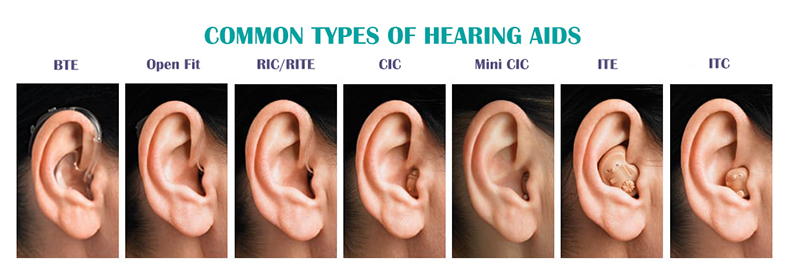
Hearing aids vary a great deal in price,size,special features and the way they're placed in your ear.The following are common hearing aid styles, beginning with the smallest, least visible in the ear.
Completely in the canal (CIC) or mini CIC
A completely-in-the-canal hearing aid is molded to fit inside your ear canal. It improves mild to moderate hearing loss in adults.
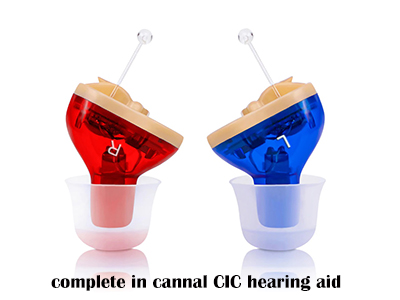
Features&Advantages:
1.Is the smallest and least visible type.
2.Is less likely to pick up wind noise.
3.Uses very small batteries, which have shorter life and can be difficult to handle.
4.Often doesn't include extra features, such as volume control or a directional microphone.
5.Is susceptible to earwax clogging the speaker.
In the canal (ITC)
An in-the-canal (ITC) hearing aid is custom molded and fits partly in the ear canal. This style can improve mild to moderate hearing loss in adults.
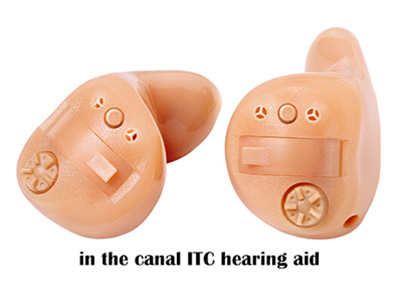
Features&Advantages:
1.Is less visible in the ear than larger styles.
2.Includes features that won't fit on completely-in-the-canal aids, but may be difficult to adjust due to its small size.
3.Is susceptible to earwax clogging the speaker.
In the ear (ITE)
An in-the-ear (ITE) hearing aid is custom made in two styles — one that fills most of the bowl-shaped area of your outer ear (full shell) and one that fills only the lower part (half shell). Both are helpful for people with mild to severe hearing loss and are available with directional microphones (two microphones for better hearing in noise).
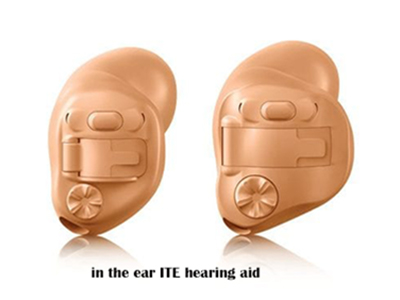
Features&Advantages:
1.Includes features that don't fit on smaller style hearing aids, such as a volume control.
2.May be easier to handle.
3.Uses a larger battery for longer battery life, with several options for rechargeable batteries.
4.Is susceptible to earwax clogging the speaker.
5.May pick up more wind noise than do smaller devices.
6.Is more visible in the ear than smaller devices.
Behind the ear (BTE)
A behind-the-ear (BTE) hearing aid hooks over the top of your ear and rests behind the ear. A tube connects the hearing aid to a custom earpiece called an ear mold that fits in your ear canal. This type is appropriate for people of all ages and those with almost any type of hearing loss.
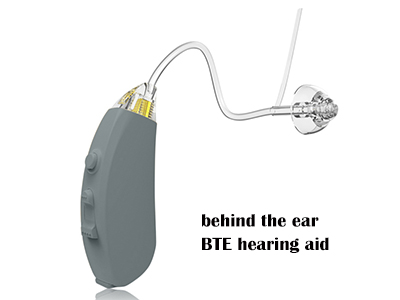
Features&Advantages:
1.Traditionally has been the largest type of hearing aid, though some newer mini designs are streamlined and barely visible.
2.Has directional microphones.
3.Is capable of more amplification than are other styles.
4.May pick up more wind noise than do other styles.
5.May be available with a rechargeable battery.
Receiver in canal (RIC) or receiver in the ear (RITE)
The receiver-in-canal (RIC) and receiver-in-the-ear (RITE) styles are similar to a behind-the-ear hearing aid with the speaker or receiver that sits in the ear canal. A tiny wire, rather than tubing, connects the piece behind the ear to the speaker or receiver.
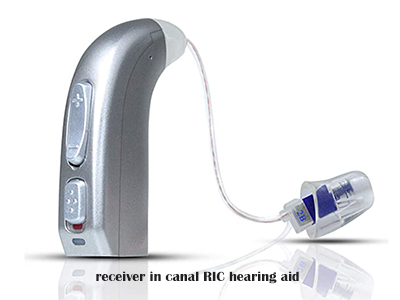
Features&Advantages:
1.Typically has a less visible behind-the-ear portion.
2.Has directional microphones.
3.Has manual control options.
4.May be available with rechargeable battery.
5.Is susceptible to earwax clogging the speaker.
Open fit
An open-fit hearing aid is a variation of the behind-the-ear hearing aid with a thin tube or the receiver-in-the-canal or receiver-in-the-ear hearing aid with an open dome in the ear. This style keeps the ear canal very open, allowing for low-frequency sounds to enter the ear naturally and for high-frequency sounds to be amplified through the hearing aid. This makes the style a good choice for people with better low-frequency hearing and mild to moderate high-frequency hearing loss.
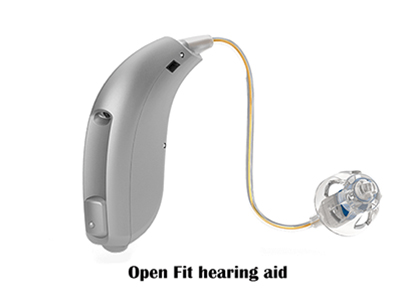
Features&Advantages:
1.Is often visible.
2.Doesn't plug the ear like the in-the-ear hearing aid styles, often making your own voice sound better to you.
3.May be more difficult to insert into the ear due to the noncustom dome.

